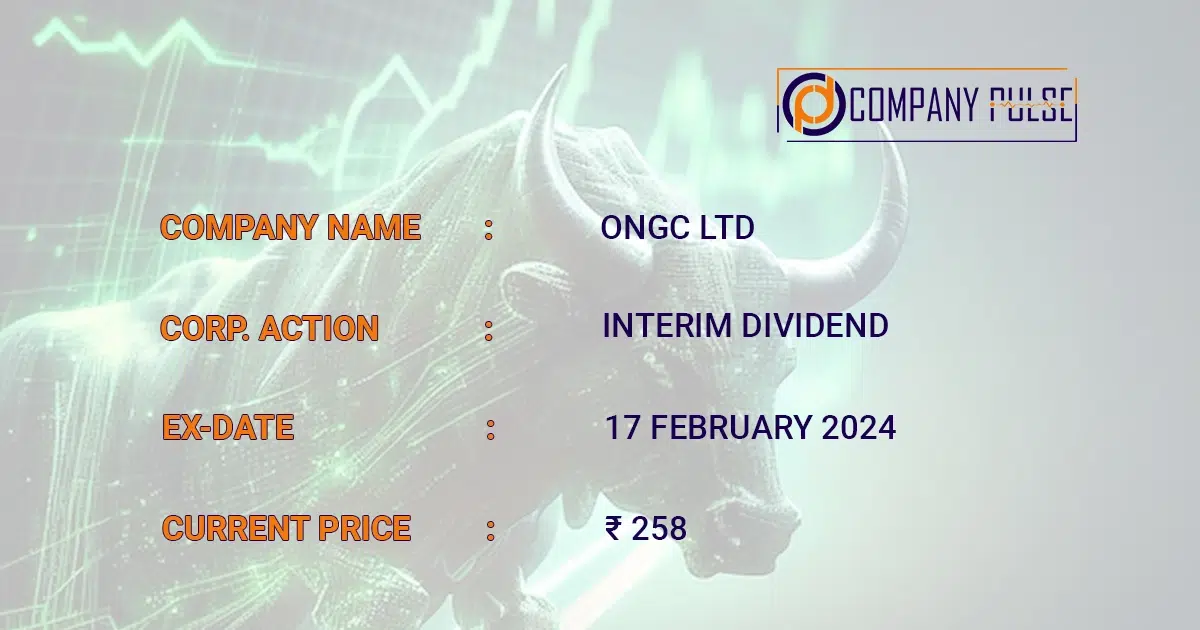A Beginner’s Guide to What is Intraday Trading with Example
The stock market pulsates with activity, a constant ebb and flow of buying and selling. While some investors take a long-term approach, patiently waiting for companies to grow over time, others see opportunity in the market’s minute-by-minute movements. This is the world of intraday trading, also known as day trading.
What is Intraday Trading?
Intraday trading involves buying and selling securities (stocks, options, futures) within the same trading day. Unlike long-term investors who hold positions for weeks, months, or even years, intraday traders capitalize on short-term price fluctuations. Their goal is to exploit these movements, profiting from even minor price swings.
Think of it this way: Imagine you’re at a bustling marketplace. You spot a vendor selling fresh apples for $1 each. An hour later, due to a sudden surge in demand, the price jumps to $1.10. You quickly buy some apples at $1 and sell them at the higher price, pocketing a small profit. This, in essence, is the core principle of intraday trading.
Key Characteristics of Intraday Trading:
- Short-Term Focus: Positions are opened and closed within the same trading day. No holdings are carried overnight.
- Active Management: Intraday trading requires constant monitoring of the market and quick decision-making to capitalize on fleeting opportunities.
- Technical Analysis: Technical indicators and chart patterns are heavily relied upon to predict short-term price movements.
- Volatility Dependence: Intraday traders thrive on market volatility, where prices fluctuate frequently.
Examples of Intraday Trading Strategies:
- Scalping: This involves taking numerous small profits throughout the day by entering and exiting positions very quickly, often with minimal price movements. Imagine buying a stock that increases by just a few cents and then immediately selling it for a quick gain.
- Range Trading: Here, the trader identifies a price range within which a stock is likely to trade for a certain period. They buy near support (the low end of the range) and sell near resistance (the high end), profiting from the price bouncing back and forth within the range.
- Momentum Trading: This strategy focuses on stocks with strong upward or downward momentum. The trader identifies these trends and attempts to ride the wave, buying stocks that are already rising and selling those that are falling sharply.
- Breakout Trading: Breakout traders look for significant price movements above or below key levels of support or resistance. They enter positions when prices break out of consolidation patterns, such as triangles, rectangles, or flags.
- News Trading: News traders capitalize on market-moving news events, such as economic data releases, earnings reports, or geopolitical developments. They anticipate price reactions to news and enter positions to exploit short-term price movements.
Examples of Intraday Trading:
- Scalping Example: A scalper identifies a stock with high liquidity and narrow spreads. They buy 100 shares of the stock at $50 and sell them a few minutes later at $50.20, capturing a profit of $20 ($0.20 per share).
- Momentum Trading Example: A momentum trader notices a strong uptrend in a cryptocurrency. They enter a long position as the price breaks above a key resistance level at $3,000 and exit the trade when the price reaches $3,200, locking in a profit of $200 per coin.
- Range Trading Example: A range trader identifies a currency pair trading within a range of 1.1000 to 1.1050. They sell the pair at 1.1050 and buy it back at 1.1000, profiting from the price difference within the range.
- Breakout Trading Example: A breakout trader observes a stock consolidating within a symmetrical triangle pattern. They enter a long position as the price breaks out above the triangle’s upper trendline and exit the trade when the price reaches a predetermined target.
- News Trading Example: A news trader anticipates an earnings announcement from a tech company. They buy call options on the stock before the earnings release, expecting positive results. After the company reports better-than-expected earnings, the options increase in value, allowing the trader to profit from the price surge.
Benefits of Intraday Trading:
- Potential for Quick Profits: Intraday trading offers the chance to make profits quickly by exploiting short-term market movements.
- Flexibility: Traders have the freedom to enter and exit positions at any time during the day, allowing them to adapt to changing market conditions.
- Control: Intraday traders have a high degree of control over their positions, as they can close them out at any point.
Risks of Intraday Trading:
- High Volatility: The very factor that attracts some traders – market volatility – can also lead to significant losses if prices move against them.
- Demanding Requirements: Intraday trading requires a significant time commitment, in-depth knowledge of technical analysis, and strong emotional discipline.
- Psychological Pressure: The fast-paced nature of intraday trading can be stressful, and making quick decisions under pressure can lead to costly mistakes.
- Capital Requirements: While some strategies allow for smaller capital, intraday trading often requires a substantial starting investment to generate meaningful profits.
Is Intraday Trading Right for You?
Intraday trading is not for everyone. It’s a demanding profession that requires a unique skillset and a high tolerance for risk. Here are some factors to consider before venturing into this world:
- Risk Tolerance: Can you handle the possibility of significant losses? Intraday trading can be unforgiving, and even experienced traders face losing streaks.
- Time Commitment: Are you prepared to dedicate a significant portion of your day to actively monitoring the market and making trades?
- Discipline: Can you control your emotions and stick to your trading plan, even when the market is volatile?
- Financial Resources: Do you have sufficient capital to start and maintain your intraday trading activities?
Getting Started with Intraday Trading:
If you’re still interested in exploring intraday trading, here are some initial steps:
- Educate Yourself: Gain a thorough understanding of the stock market, technical analysis, and various intraday trading strategies. Numerous online resources, books, and courses can help you build a strong foundation.
- Develop a Trading Plan: Define your trading goals, risk tolerance, and entry and exit strategies. This will guide your decision-making and help you avoid impulsive trades.
- Practice with Paper Trading: Utilize paper trading platforms to simulate real-world trading without risking capital.
- Start Small: Begin with small trades and gradually increase your position size as you gain experience and confidence.
- Seek Guidance: Consider seeking mentorship from experienced traders or financial advisors to learn best practices and refine your approach.
Conclusion:
Intraday trading can be a lucrative avenue for those seeking quick profits, but it’s not without its challenges. It requires a dedicated effort to acquire the necessary skills, manage risk effectively, and maintain discipline in a fast-paced environment. By understanding the core principles, potential rewards and risks, and continually honing your skills, you can navigate the world of intraday trading with a well-informed approach.
#DayTrading #ShorttermTrading
#TechnicalAnalysis
#Scalping #MomentumTrading
#MeanReversion #StopLossOrders
#RiskManagement
#PaperTrading
(Disclaimer: The above article is for informational purposes only and should not be taken as any investment advice. Company Pulse suggests its readers/viewers to consult their financial advisor for any financial advice.)






